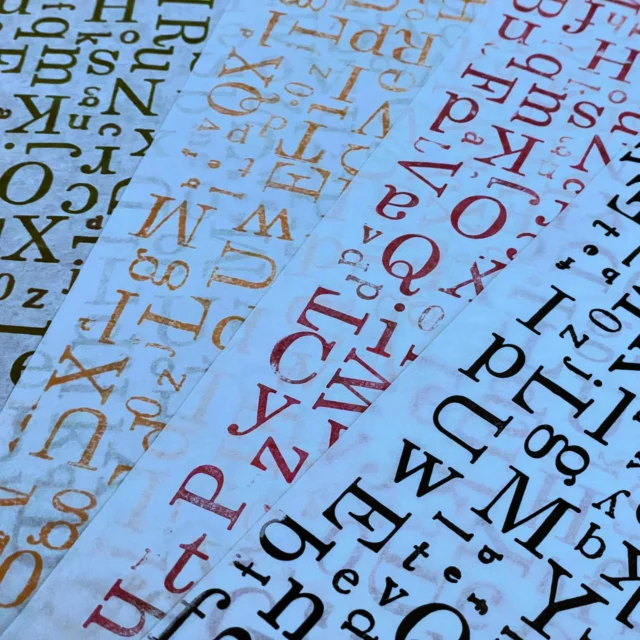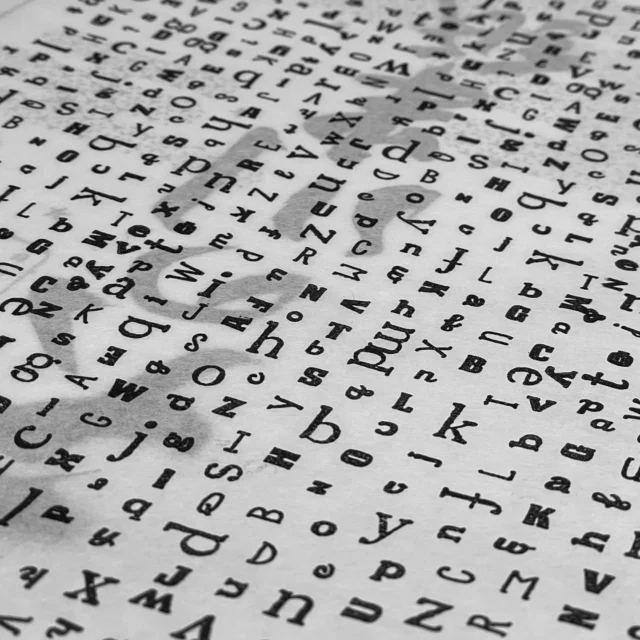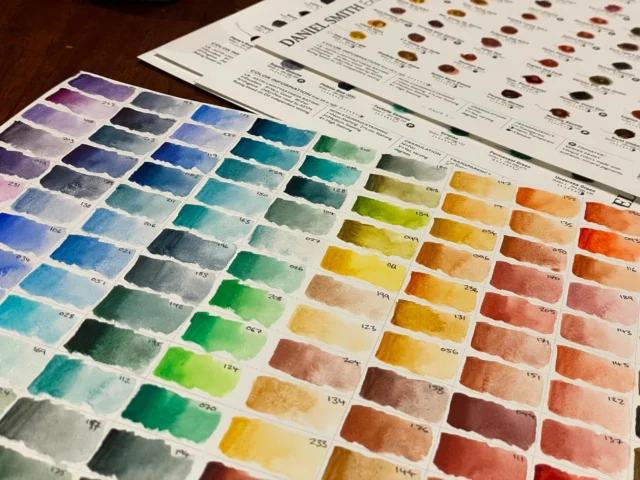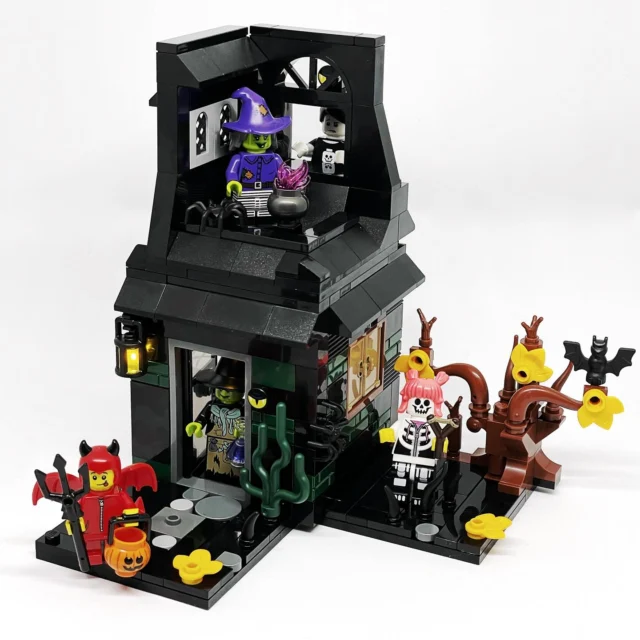Why DIY?
In my search for flash diffuser ideas I saw this comment:
I don’t get it. People spend thousands of dollars on their camera gear and then skip a few bucks on buying a decent flash diffuser and make one out of domestic waste instead? Brilliant.
I agree! Although back in the day I used up all my money buying the camera gear and didn’t have much left for accessories… in that case I think DIY is pretty justified. That particular forum conversation ended in jest and my inclination towards DIY wasn’t especially marred.
I found the Lumiquest Soft Screen, which looks really nifty for a nice low price, but only two shops that are not particularly near by sell it, and I want to use it this week.
Failed attempts
I’ve seen a few different pop-up flash diffuser idea, including a film canister and cigarette packet. Alas, I didn’t have those things and they’re not particularly cheap to buy new.
I did have several translucent shopping bags and a newsagent down the road selling cardboard and plastic folders. So I attempted my own flash diffuser designs. I used black plastic from a folio folder (the kind with the flap that velcros down) and white plastic from an Apple Store shopping bag.
The first two I made were modelled on the Lumiquest soft screen with different attachment mechanisms. One had a paperclip wrapped in tape as a hook to loop through the back of the popped-up flash. The other had a tab that looped through the front of the popped-up flash and inserted into the back flap. In both designs the front of the structure wasn’t sturdy enough to hold up in front of the flash quite like the Lumiquest one seems to. It might need flexible wire reinforcement, or something.
Success
As a last ditch effort I took one of my left over squares from the shopping bag and cut a rectangle out of the folder (about 5.5x15cm). I made a cone out of the plastic and stapled it together, I cut the back of the cone off for the flash to slip in and trimmed the front of the cone so that it was in a oval shape (with pointy sides, from the corners of the rectangle). I covered the front with the plastic and stapled it on at the back.
It’s not especially attractive, although it’s not ridiculously ugly either. It just slips on the flash and it manages to stay on, not particularly tightly, but I’d be comfortable walking around a room with it (at least comfortable with it not falling off!). And it works to make using the built-in flash a little less horrid (essentially by making the light source bigger)!
Test photos
These photos are with and without the flash diffuser, the white balance could do with some adjusting (it was on auto), but the shadows are definitely softer and the light is less harsh.
Time vs. Money
The design could certainly use refining. I could tidy up the edges of the white plastic. I could put foil on the inside to direct the flash and avoid light absorbance. I could try to come up with a different structure that can fold up into a pocket or camera bag more easily…
Even though this whole exercise only cost $3.95, I realised, after my experimenting, that it had cost a lot more in time, and if I’d just driven to one of the shops that sells the Lumiquest Soft Screen and spent the rest of my time working I probably would have come out ahead. Then again, there is a certain sense of achievement and a gaining of knowledge that comes from doing these things, so who knows, perhaps that value will come into play sometime… I think I’ll still check out the Soft Screen!


















Brilliant!
I hate my pop-up flash but can’t (yet) justify a few hundred dollars on a decent attachment. I’ve tried Kleenex and manually changing the angle of the flash with my hand, but haven’t had much success. I still get washed-out photos, sharp shadows, and hideous bright spots. Honestly, our $79 point-and-shoot takes better indoor snapshots than my Canon…
Before I give up on it completely though, I’ll give this a try. (I even found the Lumiquest Canada website and would have just bought one of diffusers, but apparently they don’t sell direct…)
Thanks for the tip!
~Graham
Graham — In all my research I only found two pop-up flash diffusers and neither were particularly expensive: the Lumiquest Soft Screen and also a Gary Fong branded one.
To be honest, I found my diffuser in this post to be just as, if not more, effective than the Lumiquest Soft Screen (which I did end up buying). Although a foldable design is essential, I think I’ve lost my diffuser because it fell out of my jacket pocket. That’s okay though, I plan to make a foldable one.
I also found that I still needed to use the flash compensation to turn down the flash, even with the diffuser on (definitely with the Lumiquest one, don’t know about my DIY one).
For the last few years I’ve been doing all my low light photography with a 50mm f/1.8 and not using the flash. I still prefer not to use the flash, but sometimes it is just too dark, or if it’s photos of kids you might need a faster shutter speed because they move so much. It’s good for those times when you need to get the moment.
I agree that experimenting saves you alot of money and knowledge is best. There is for sure alot to win. Using strobes from side or from above is great. The Olympus in-built strobe you can turn upside thus reflecting it from above and are terrific with just one flick and you dont need no diffuser…
http://photoandpictures.com/20.....ur-strobe/
[quote]I don’t get it. People spend thousands of dollars on their camera gear and then skip a few bucks on buying a decent flash diffuser and make one out of domestic waste instead? Brilliant.[/quote]
First I hope Brilliant was an intentional pun 😉
I don’t agree with that quote for several reasons, here are just the first 3 to pop into my head:
#1 DIY is fun
#2 I can’t build myself a dSLR whereas I can build every shape and sized diffuser and snoot I could ever need.
#3 DIY = Custom and Custom is better than one size fits all.
Bengt — Hey, yeah I came across that post in my searches. I don’t have any coffee filters lying around, but that could definitely be a good material! That’s cool that the olympus flash can twist around, bouncing is definitely good.
Jon — You know, I’ve thought about it more since publishing this and even though I agree that it’s silly to skimp on some things for your camera, I don’t think flash diffusers is one of those things. For starters, there’s not many on-camera flash diffusers available, and I tried the Lumiquest one and thought that it was about the same, if not a little less effective, as my home-made one. You’re right, DIY is fun and you can figure out what you really need for your situation (as I mentioned above— foldable is essential, I think I’ve lost my cone one already!).
Hi, thanks for this tip. I came here looking for tips on Thesis and walked away (but will come back) with a tip on how to create a diffuser for my Nikon in camera flash. The great thing about your DIY is that if I lose it I can make another fast and on the fly (I reckon I will try duct type instead of staples (lighter and it will add a MacGyver-isque quality to the thing!)
Hi Kris,
I am not an expert but, after looking at your DIY cone, I have an idea.
Instead of white paper or the like. Use a nylon stocking. It filters by reflecting the light and the minute holes do the dissipating.
Need to tone it down a bit, go 5 ply or more , depending on the type and shade of the hosiery. You can simply fold it to increase the layers.
Kinky, huh. But it does work. I once was taking closeup pictures of gold nuggets, it worked like a charm. No bright spots was my need at the time.
Hope it helps on your DIY project.
Steve
Neil — That is a good thing about DIY: you can always make another one. I think I’ve already lost my cone shaped one.
Steve — Cheers, I’ll keep that in mind. Does the hosiery give the flash a yellowish tinge?
Cheers, back at ya Kris,
As to any yellowish tinge, I don’t really think so. I was using 4 ply of a brown skin tone color hose. I bow to a higher authority on the shade themes of woman’s hosiery.
I was shooting gold also on a desktop background. Yellow might have been good, bright white was not.The light through the hosiery, glowed for lack of a better word. Think about the light of a gas lantern mantel when the pressure is getting low. I did try doubling the material again to equal 8 ply and it cut out to much for my needs.
I was limited to my experimenting as the socks in question had to be returned to the wife un-damaged, which limited my application of adding single ply’s. If you get my drift.
My understanding would be that the nylon material is neutral to light tan, the black ones might offer a different affect. I did notice I could wrinkle the material and create different affects. But again i was working in a close-up shot. My hand was My Cone.
Not to get personal but, you might try under pants, black, pink, etc. Silk, polyester, or whatever light gage material. Mine are whiteie, tightie, common cotton.
Don’t know if it will help, but it sure will give you something to think about, huh.
Good Luck,
Steve
Hi Kristella
Sure you’re next cone shaped diffuser will be even better. I like Steve’s tips – although I might stick to paper and for now – nylons might be hard to get and don’t have whitie tighties (too much info – sorry) : )
Hi Kristella,
Thanks for the info on Thesis. I thought I would share my technique even though it’s not really a diffuser per se, more of a bounce. The secret…. a big table spoon. I use it to bounce the flash on to the ceiling, essentially turning the ceiling into a giant softbox. It takes a bit of coordination, but I can usually get pretty decent results. I hold the spoon to the camera right in front of the flash with the concave side pointing at the ceiling, as if I was going to scoop the flash bulb out. I then adjust the angle to get the right amount and direction of light. It beats having to carry around a flash unit. Knowing that I’m always ready in case someone offers me a bowl of soup gives me peace of mind too.
Cheers,
barclay
Hi Kristella
Am in the process of learning wordpress and thesis right now, so thanks for your site.
On the subject of flash diffusion, Really I owe a huge thank you to Neil Van Nierkerk, he uses on camera flash as “Off camera flash”, strobist techniques without the hassle, basically bounce the light off a large surface, note NOT the ceiling as this produces raccoon eyes and ugly shadows but off a large wall, (or a large person wearing a white shirt etc) this gives you the large soft beautiful “northern light through a window look”, obviously you need a speedlight for this, I’ve given up on pop up flash. However I might now try using barclays spoon technique to bounce off a wall 😉
I do this all the time when taking photos of my two and four year olds.
All the best
Sean
I have a small Canon flash and I never found a diffusDr that works for me. My solution was DIY. I used some sign-making plastic to make a nice little flash diffuser. I’m not a professional and this works great for me.